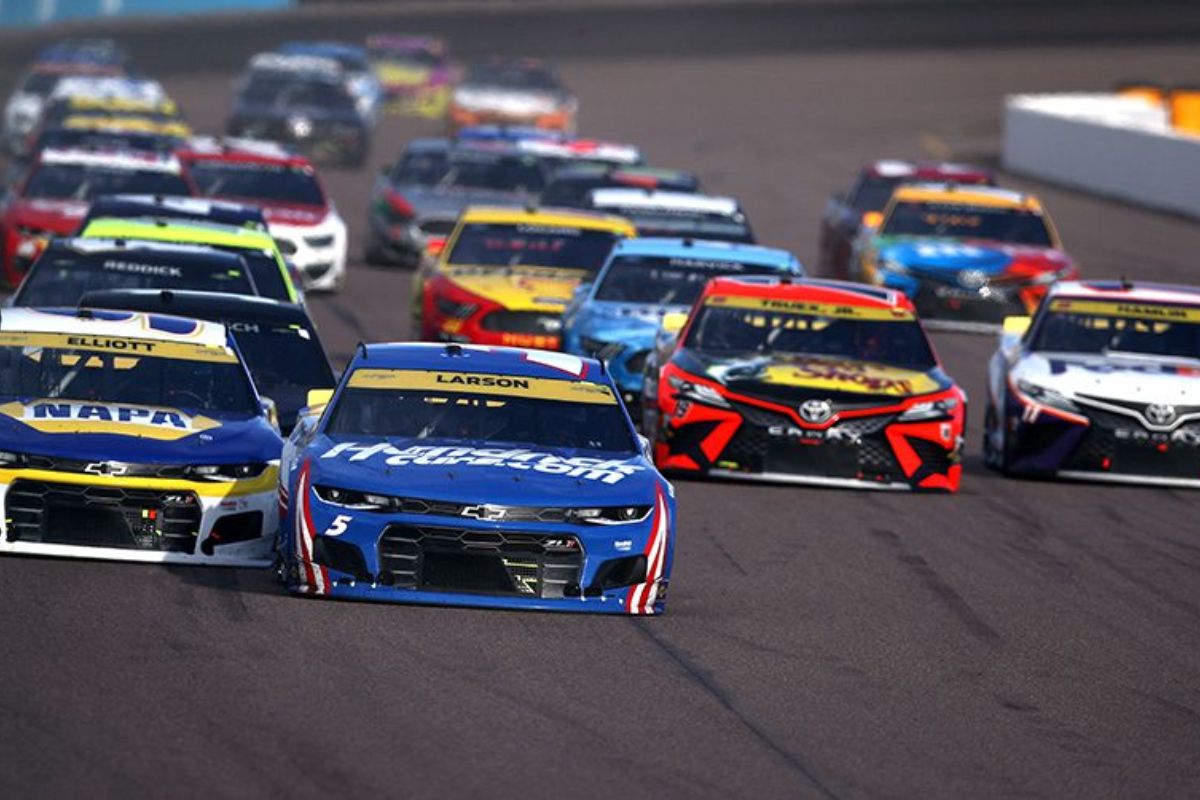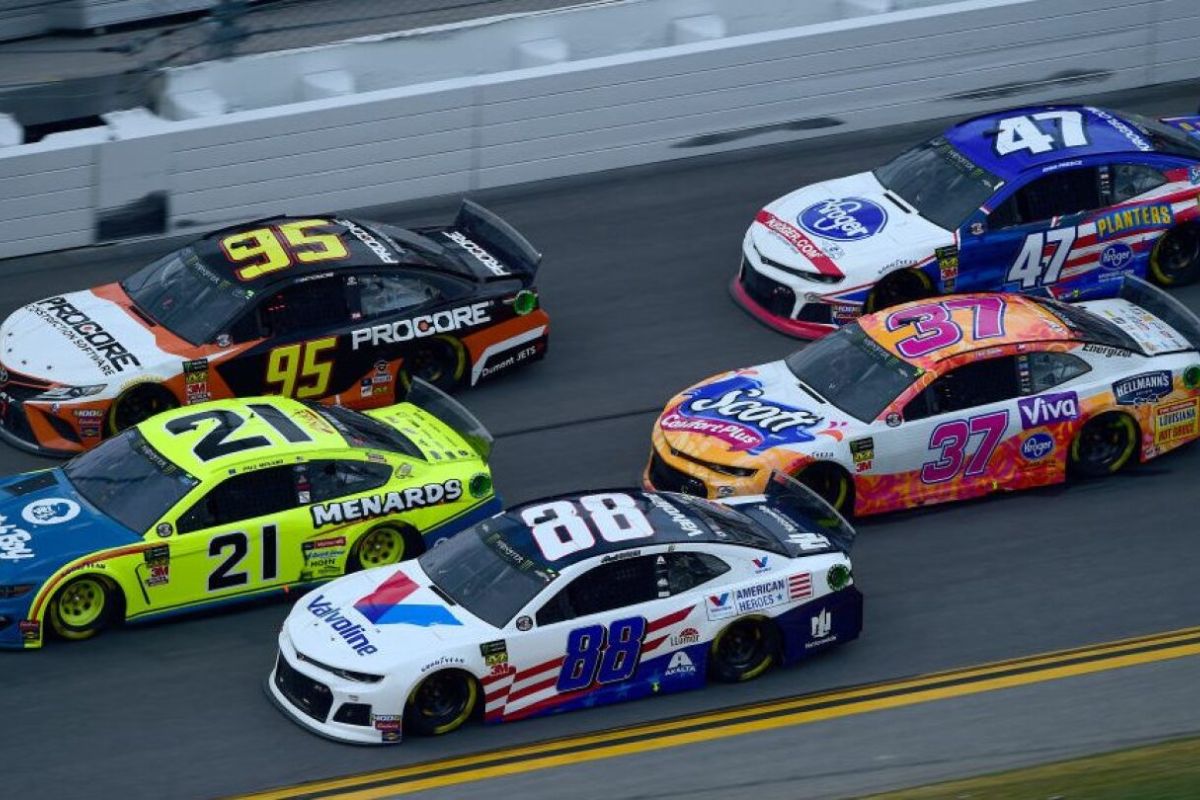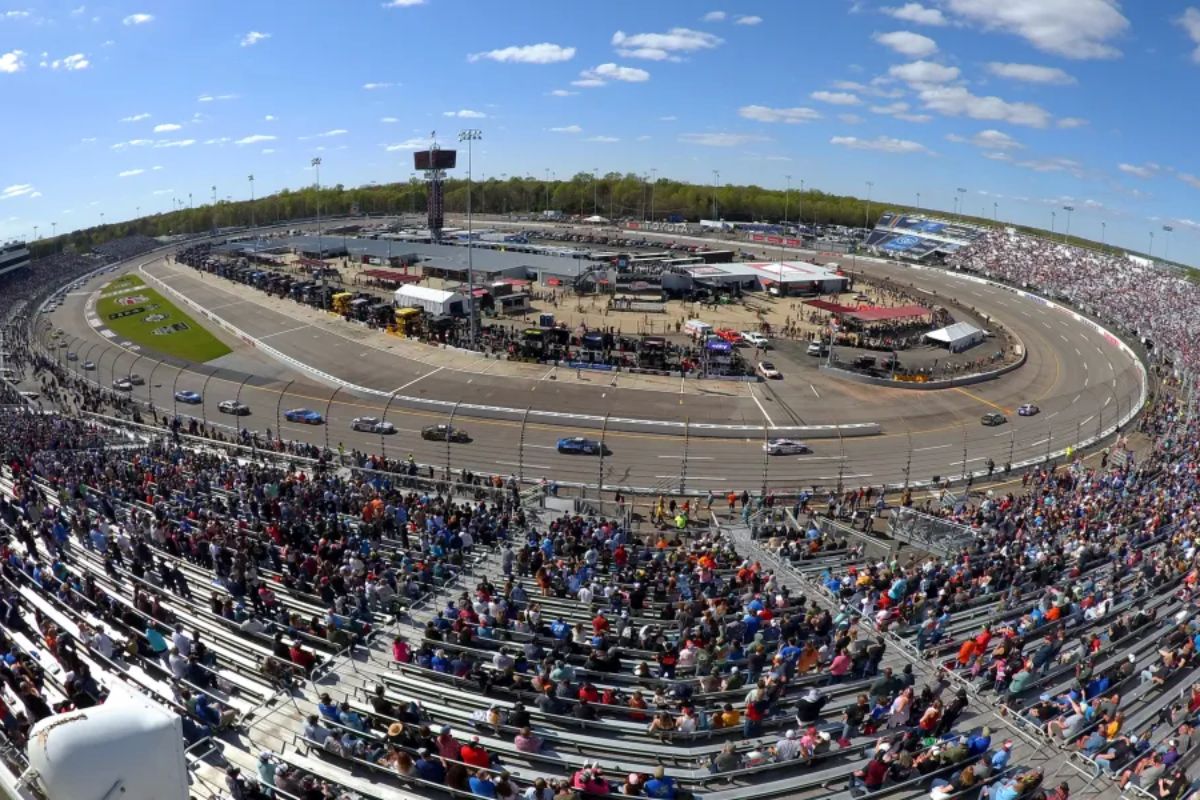NASCAR Hosts 2025 Cup Race in Mexico City: NASCAR’s decision to host the 2025 Cup race in Mexico City represents a tactical pivot towards international expansion, using the rising Latin American motorsports market. This move results in Richmond Raceway losing its traditional June slot, a notable shift that raises questions about the track’s future viability in an increasingly competitive landscape. The implications of this decision extend beyond scheduling, as Richmond faces challenges in attendance and market positioning.
Key Highlights
- NASCAR’s Cup Series will host a race in Mexico City on June 14-15, 2025, marking a significant international expansion.
- Richmond Raceway will lose its traditional June race slot, potentially hosting only one Cup Series race in 2025.
- The relocation aims to tap into the growing motorsports market in Latin America and attract new fans and sponsors.
- Richmond has experienced declining attendance and increased competition, making the June slot loss a significant concern for its economic viability.
- This shift reflects NASCAR’s strategy to diversify its audience and adapt to changing demographics in the sport.
NASCAR’s International Expansion to Mexico City
Expanding its global footprint, NASCAR is set to host a race at the iconic Autodromo Hermanos Rodriguez in Mexico City next year, marking a remarkable milestone in its international approach. Scheduled for the weekend of June 14-15, 2025, this event represents a considerable step in NASCAR’s efforts to broaden its appeal beyond the United States, tapping into the rising motorsports market in Latin America.
The Autodromo Hermanos Rodriguez, known for its rich motorsports history and as a staple of the Formula 1 calendar, offers a unique venue for NASCAR’s first race in Mexico. Utilizing the same circuit that hosts the annual Mexican Grand Prix, NASCAR aims to capitalize on the existing infrastructure and fanfare associated with this prestigious event.
However, a slight modification to the track layout is under consideration, specifically the incorporation of a chicane on the main straight, which could influence the racing dynamics and tactics.
This move highlights NASCAR’s recognition of the international fan base and its commitment to diversifying its racing portfolio. By entering the Mexican market, NASCAR seeks to engage local fans and aims to attract new sponsors and partners, further enhancing its commercial viability.
The anticipated race at Autodromo Hermanos Rodriguez represents a tactical pivot toward globalization, aligning with broader trends in the sports industry where cross-border engagements are increasingly vital for growth and sustainability.
NASCAR’s History of International Races
Although NASCAR has gained immense popularity within the United States, its history of international races remains particularly sparse. The NASCAR Cup Series has ventured outside American borders only infrequently, with notable exhibitions taking place in Japan from 1996 to 1998 and a single race in Australia in 1988. However, the last points-paying international Cup race occurred in 1958 at the Canadian Exposition Stadium in Toronto, marking a considerable gap in NASCAR’s international presence.
Before the Toronto event, NASCAR also hosted a race in Canada in 1952 at Stamford Park in Ontario. These early entries into international competition hinted at a potential for global expansion, yet NASCAR has largely remained a domestic-centric series.
The NASCAR Xfinity Series did attempt to cultivate international interest by running four races in Mexico between 2005 and 2008, but these efforts did not translate into a sustained Cup Series presence beyond U.S. soil.
The limited international history of NASCAR can be attributed to multiple factors, including logistical challenges, market focus, and cultural differences in motorsport consumption. Nevertheless, the enthusiasm for stock car racing in Mexico has led to the development of the NASCAR Mexico Series, reflecting a considerable interest within the public and motorsports communities.
The Rise of Mexican Drivers in NASCAR
The emergence of Mexican drivers in NASCAR represents a notable cultural shift within the sport, highlighting the growing interest in stock car racing in Mexico and the increasing opportunities for Mexican talent in the United States.
Historically, Mexican racers mainly sought careers in IndyCar; however, the landscape has shifted dramatically since Carlos Contreras made his debut in 1999. His pioneering efforts paved the way for a new generation of drivers enthusiastic to compete in NASCAR.
- Daniel Suarez: The initial foreign driver to secure a national-level title in NASCAR and the only non-American to win an oval race in the Cup series, showing the potential for success.
- German Quiroga: A prominent figure in the Truck Series, Quiroga has been instrumental in showing Mexican talent in the sport.
- Emerging Talents: Drivers like Andres Perez de Lara, Regina Sirvent, and Eloy Sebastian are actively participating in NASCAR’s diversity program, further expanding opportunities and representation.
NASCAR’s tactical focus on the Mexican market has encouraged aspiring drivers to pursue careers in stock car racing, often prioritizing it over other motorsport avenues like Formula 1.
Announcement and Potential Impact on Richmond Raceway
NASCAR’s decision to potentially relocate its June race weekend from Richmond Raceway to Mexico City marks a remarkable shift in the racing landscape. The announcement, expected to be made by NASCAR Chief Operating Officer Steve O’Donell alongside prominent figures such as driver Daniel Suarez and event promoters at the Autodromo Hermanos Rodriguez, signals a tactical pivot towards international expansion and engagement with a rising fan base.
The proposed schedule for 2025 indicates that Richmond Raceway may host only one Cup Series race, diminishing its traditional June slot in favor of a dual event in Mexico City featuring the NASCAR Cup Series and Xfinity Series. This move could have substantial consequences for Richmond, traditionally a staple within the NASCAR calendar.
The loss of the June weekend may affect ticket sales, local economic activity, and the track’s overall prominence within the NASCAR ecosystem. As the Cup and Xfinity Series races in Mexico City are designed to attract a new audience, Richmond may need to reassess its marketing strategies and offerings to retain its loyal fan base.
With NASCAR’s commitment to fostering international relationships and inclusivity, Richmond must also consider how to adapt to this evolving landscape. The implications extend beyond the immediate economic consequences; they may catalyze Richmond to innovate and revive its appeal in a competitive racing environment.
The Decline of Richmond Raceway’s Prominence
Richmond Raceway has experienced a remarkable decline in its prominence within NASCAR, a trend that has intensified over the past decade. Once celebrated as the “Action Track,” Richmond was a crucial venue that hosted two Cup Series races annually since 1959. However, the emergence of new racetracks and changing consumer preferences have eroded its status.
The introduction of tracks in markets such as Nashville, Iowa, and Austin has diluted Richmond’s unique appeal, attracting fans and sponsors away from the historic venue. Richmond’s once robust attendance, which exceeded 100,000 in the mid-2000s, has dwindled considerably; seating was reduced to 51,000, reflecting a loss of interest.
Despite past studies indicating economic impacts of nearly $169 million per race weekend, recent years have shown a struggle to maintain financial viability amid fierce competition.
The track’s reputation as a key player in the NASCAR schedule has suffered further with its removal from the June slot in favor of Mexico City’s Autódromo Hermanos Rodríguez. This shift signals a potential end of an era for Richmond and highlights a broader trend within NASCAR to expand into new markets.
News in Brief: NASCAR Hosts 2025 Cup Race in Mexico City
The decision to host the 2025 Cup race in Mexico City highlights NASCAR’s commitment to international expansion and its tactical focus on the Latin American market. This shift will challenge Richmond Raceway, which faces declining attendance and competition from newer venues.
The loss of the June race slot may further diminish Richmond’s prominence in NASCAR, necessitating adaptive strategies to remain relevant in an evolving motorsports environment. In general, this development marks a crucial moment for NASCAR and Richmond Raceway.
ALSO READ: NASCAR Eyes San Diego for Potential Street Race: Is This the Future of Urban Tracks?



